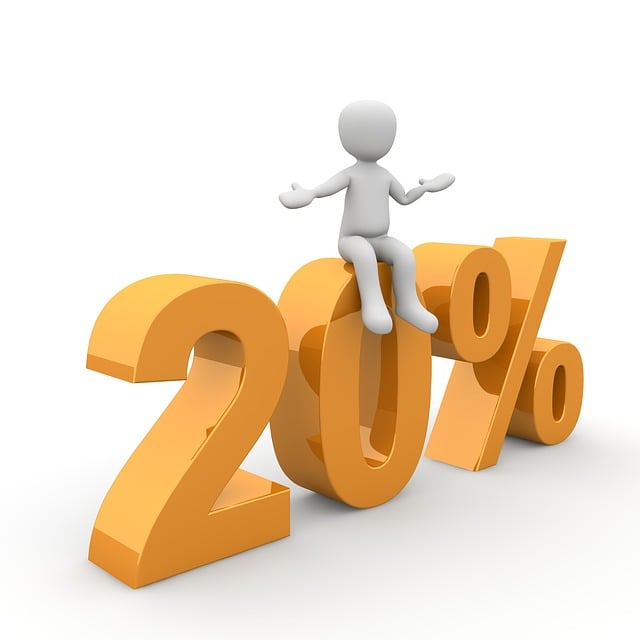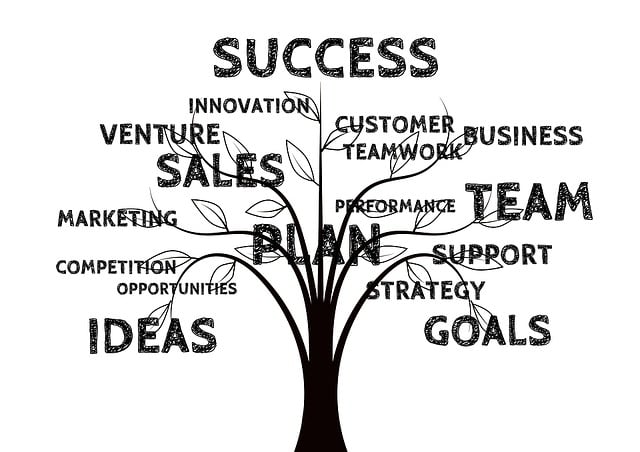*
In today’s globalized world, accurate and engaging translations are paramount, especially in sectors like art and culture. For UK-based art catalog and exhibition brochure translation services, navigating linguistic and cultural barriers is essential to convey meaning effectively. This article explores key strategies to ensure top-quality translations, including understanding cultural nuances, leveraging native speakers, handling complex terminology, adapting style for diverse audiences, and utilizing technology for efficiency.
- Understanding Cultural Nuances in Translation
- The Role of Native Speakers in Quality Assurance
- Accurately Translating Art and Exhibition Text
- Handling Complex Terminology in Catalogs
- Ensuring Consistency Across Multiple Documents
- Adapting Style and Tone for Different Audiences
- Quality Control Measures: Editing and Proofreading
- Leveraging Technology for Efficient Translations
Understanding Cultural Nuances in Translation

When translating UK art catalogs and exhibition brochures, it’s crucial to go beyond mere word-for-word substitution. Language is deeply embedded in culture, and what might seem like a simple phrase can carry vastly different connotations or nuances across languages. For instance, colors, which seem universal, are often described differently in various cultures – a vibrant “red” in one language may be more closely associated with passion in one culture but luck in another.
Understanding these cultural subtleties ensures that the translated document resonates authentically with its target audience. In the context of UK art publications, this means capturing not just the literal meaning of descriptions and captions, but also the intended artistic and historical contexts. Professionals providing translation services for such materials should be adept at navigating linguistic and cultural landscapes to deliver precise and engaging translations that preserve – or even enhance – the original impact.
The Role of Native Speakers in Quality Assurance

In the pursuit of accurate and engaging translations, especially for specialized content like UK art catalogs and exhibition brochures, leveraging the expertise of native speakers is paramount. Native speakers play a pivotal role in quality assurance by ensuring not just grammatical correctness but also preserving the nuances and cultural subtleties inherent in the source text. They bring a deep understanding of idiomatic expressions, colloquialisms, and regional variations, which are often lost in mechanical translation.
By engaging native speakers from the art and exhibition industry, UK Art Catalogs and Exhibition Brochures Translation Services can guarantee that the translated content resonates with the target audience. These professionals not only translate words but also adapt content to suit local preferences, ensuring the brochure or catalog effectively communicates the essence of the original work and attracts the intended readers in a culturally relevant manner.
Accurately Translating Art and Exhibition Text

When translating art and exhibition text, accuracy is paramount. Art is inherently subjective, relying on nuanced language and cultural context to convey meaning. UK-based art catalogs and exhibition brochures require translators who understand not just the words but also the artistic vision they represent.
Specialist translators with a passion for art bring a unique perspective, ensuring that the translated text captures the essence of the original while remaining faithful to the artist’s intent. They are attuned to subtle differences in vocabulary, idioms, and cultural references, translating them into equivalent expressions that resonate with the target audience. This meticulous approach guarantees that UK visitors to art exhibitions gain a deeper appreciation of the artwork, regardless of their native language.
Handling Complex Terminology in Catalogs

When translating UK art catalogs and exhibition brochures, navigating complex terminology is a delicate task. These documents often contain specialized art terms, historical references, and nuanced descriptions that require a deep understanding of both languages and the artistic context. Professional translation services specializing in this field employ linguists with expertise in art history and terminology to ensure accurate rendering of such intricate content.
To maintain engagement, translators must convey not just the literal meaning but also the essence and artistic intent behind each term. This involves careful selection of equivalent words or phrases in the target language, preserving the original text’s clarity and beauty. Additionally, using clear and concise language in the translation helps readers easily explore and appreciate the catalog or brochure, making it a valuable resource for art enthusiasts and professionals alike.
Ensuring Consistency Across Multiple Documents

Consistency is key when it comes to translation, especially for businesses dealing with multiple documents like UK art catalogs and exhibition brochures. Accurate translations should maintain the same terminology, tone, and style across all materials to avoid confusion and ensure a seamless experience for the reader.
Professional translation services understand the importance of consistency, employing skilled translators who are well-versed in the specific domain of art and culture. They also utilize memory tools and glossaries to keep track of translated terms, guaranteeing that the same words and phrases are used consistently throughout every document. This meticulous approach is vital for maintaining brand identity, preserving cultural nuances, and providing a unified message across different platforms, ultimately enhancing the reader’s engagement with the content.
Adapting Style and Tone for Different Audiences

When translating UK art catalogs and exhibition brochures, understanding the nuances of style and tone is paramount to engaging different audiences. A translation service that simply converts words from one language to another may fail to capture the essence of the original content. For instance, a brochure aimed at art enthusiasts in the UK might use formal language and detailed descriptions to showcase an artist’s work, whereas a children’s art catalog would require a more playful, accessible tone.
Adapting to these variations ensures that the translated material resonates with its intended readers. It involves selecting appropriate vocabulary, using cultural references familiar to the target audience, and maintaining consistency in terminology across different publications. This level of customization not only enhances readability but also deepens the connection between the art and its viewers, be they seasoned collectors or curious young minds.
Quality Control Measures: Editing and Proofreading

Accurate translations demand meticulous quality control measures, and editing and proofreading play a pivotal role in this process. At top-tier UK Art Catalogs and Exhibition Brochures Translation Services, post-translation reviews are standard practice. Skilled editors comb through the translated content, ensuring not only grammatical correctness but also preserving the original tone, style, and artistic essence of the source material.
Proofreaders then perform a final check, identifying any typographical errors, formatting inconsistencies, or mistranslations that may have slipped through the initial review process. This dual-stage approach guarantees that when the translated UK art catalogs and exhibition brochures reach their intended audience, they are not just linguistically precise but also aesthetically and culturally sensitive, ensuring a seamless and engaging reader experience.
Leveraging Technology for Efficient Translations

In today’s globalised world, accurate and engaging translations are paramount for businesses aiming to reach international audiences, especially within the UK art scene. For publications like art catalogs and exhibition brochures, where nuance and cultural context matter, traditional translation methods often fall short. This is where technology steps in as a game-changer.
Advanced machine translation tools, coupled with human expertise, offer an efficient solution for UK Art Catalogs and Exhibition Brochures Translation Services. These technologies use artificial intelligence to quickly analyse text, capturing complex linguistic structures and cultural references. Human translators then refine these translations, ensuring accuracy, fluency, and the preservation of artistic intent. This hybrid approach delivers high-quality results while significantly reducing turnaround times, making it an ideal choice for time-sensitive art events and publications.
In ensuring accurate and engaging translations, especially for dynamic fields like UK art catalogs and exhibition brochures, a multifaceted approach is key. From navigating cultural nuances to leveraging technology, each step plays a vital role in delivering meaningful content. By prioritizing quality assurance through native speaker involvement and rigorous editing, we can create translations that not only capture the essence of the original text but also resonate with diverse audiences. Embracing these strategies ensures that art and culture continue to inspire and connect across languages.



